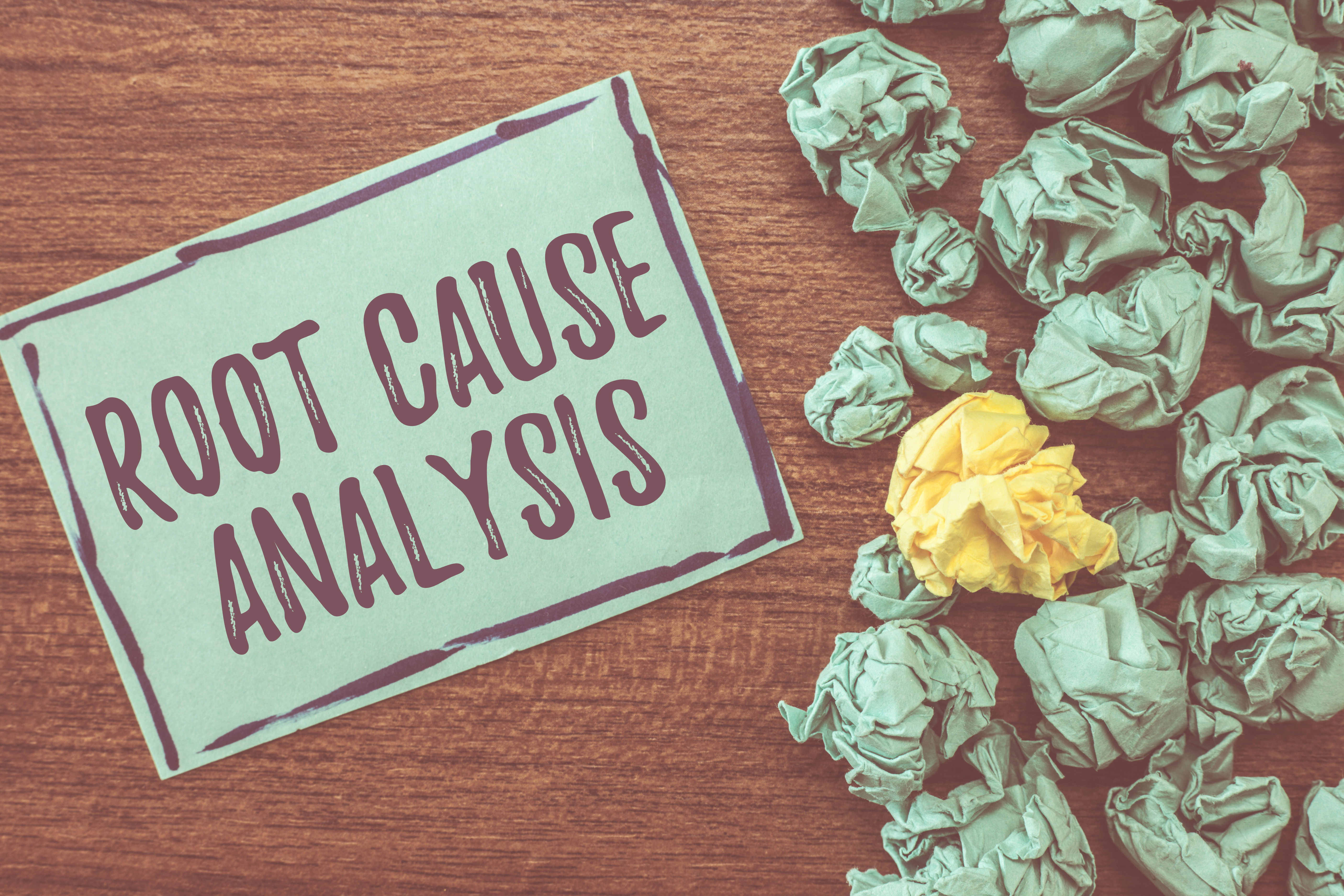The 5 Whys: Uncovering the Root Cause of Problems
When issues arise in business or production, addressing only the symptoms rarely leads to lasting improvement. Instead, it’s crucial to identify the underlying problem. Enter the 5 Whys—a simple yet powerful problem-solving technique that can lead you to the root cause of any issue by asking a simple question repeatedly.
What Are the 5 Whys?
The 5 Whys is an iterative interrogative technique that was developed as part of the Toyota Production System. It’s designed to peel back the layers of symptoms by asking “why?” repeatedly until you reach the fundamental cause of a problem. Though called the 5 Whys, sometimes fewer or more iterations may be necessary to get to the true root.
How Is It Used?
1. Identify the Problem
Start with a clear and specific statement of the problem. For example, “The machine has stopped working.”
2. Ask the First Why
Ask why the problem occurred:
- Why did the machine stop?
Because it overheated.
3. Continue Asking Why
For every answer, ask “why” again. This iterative process digs deeper into the issue:
- Second Why:
Why did it overheat?
Because the cooling system failed. - Third Why:
Why did the cooling system fail?
Because it wasn’t maintained properly. - Fourth Why:
Why wasn’t it maintained properly?
Because the maintenance schedule was not followed. - Fifth Why:
Why was the schedule not followed?
Because there was a miscommunication about responsibilities.
4. Identify the Root Cause
The final answer often reveals a systemic issue—in this case, miscommunication. Recognizing the true root cause enables you to address the underlying issue rather than merely treating the symptoms.
5. Implement Corrective Actions
With the root cause identified, targeted corrective actions can be taken. For instance, improving communication protocols or reinforcing the maintenance schedule can help prevent the problem from reoccurring.
Benefits of the 5 Whys
- Simplicity:
The method is easy to understand and requires no complex statistical tools. - Focus:
It encourages teams to look beyond immediate symptoms and target the real problem. - Flexibility:
The 5 Whys can be applied across various industries—from manufacturing and engineering to customer service and project management.
When to Use the 5 Whys
- Troubleshooting:
It’s an excellent tool for identifying recurring process failures or issues in production. - Continuous Improvement:
By uncovering the root causes of problems, businesses can implement sustainable improvements. - Team Problem-Solving:
The process can facilitate collaborative discussions, helping teams work together to find effective solutions.
By methodically drilling down through these successive “whys,” organizations ensure that they address the root cause rather than just the symptoms, paving the way for more effective and sustainable improvements.
